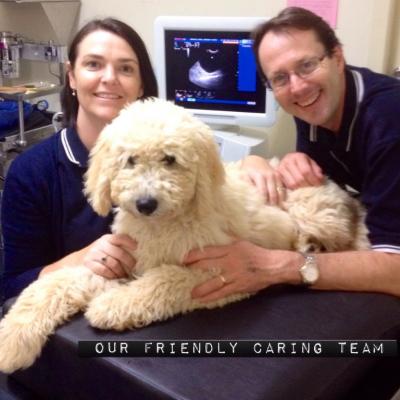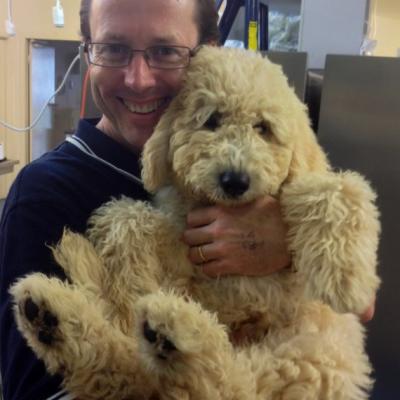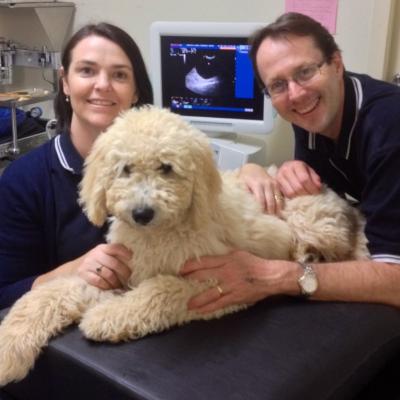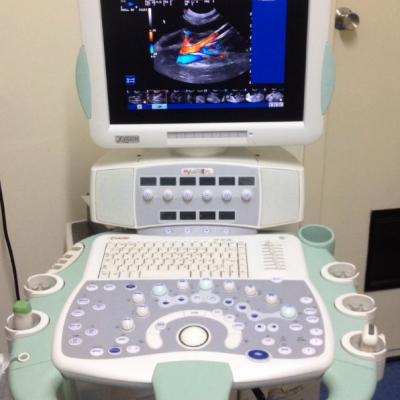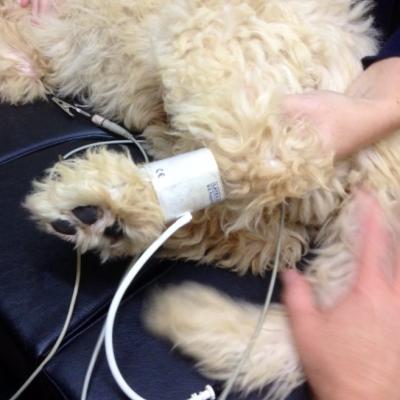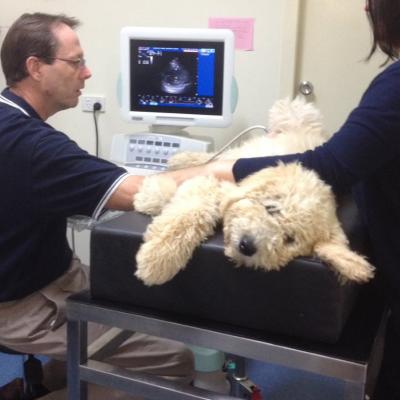Q I think my pet needs an ultrasound, who do I talk to?
A You need to contact your usual veterinarian. If they think an ultrasound is
needed they can contact NVU to organise the booking.
Q Is Ultrasound safe?
A Yes, it is safe and painless.
Q How long does the procedure take?
A The actual scan takes approximately 40 minutes. This depends on patient co-operation, and if other procedures are performed. (see below)
Q How long does my pet need to stay?
A On average it takes 2-3 hours from start to finish. As there may be other patients to examine, your pet may be required to stay several hours. This allows time for the initial consultation, the ultrasound scan, editing the images, and time to discharge your pet. If time permits, images may be shown to you and preliminary findings discussed.
Q Can owners stay with their pet?
AOwners are not allowed to stay with their pets for the examination. In our experience the pets take longer to settle with their owner present, making scanning more difficult and the likelighood of sedation being required increased. Anxious patients may require sedation but this is avoided if possible.
Q Will my pet be shaved?
A Yes. As the ultrasound cannot travel through air trapped in the coat, shaving and using ultrasound gel helps obtain the best image possible.
Q Why does my pet have to be starved?
A Food and gas in the gastrointestinal tract make obtaining ultrasound images difficult. Starving overnight or for about 12 hours means an empty stomach and less gas.
If your pet cannot be fasted, due to a medical condition such as diabetes, be sure to notify us and discuss if any changes to fasting is required with your veterinarian.
Q Will my pet be sedated?
A We do not routinely sedate. Exceptions are if your pet is painful, extremely anxious, too wriggly or panting excessively.
Q Will the ultrasound examination give me an answer?
A Your vet has recommended an ultrasound examination as the next step in diagnosing your pets condition. Sometimes ultrasound will provide a definitive diagnosis, but sometimes more tests are needed. (eg: biopsy, blood tests)
Q What is a biopsy?
A A biopsy is a sample of cells, or a small piece of tissue taken for examination.
A Fine Needle Aspirate (FNA) biopsy, uses a needle to collect cells from an abnormal tissue or collect fluid. The passage of the needle is guided by the image on the screen. The cells are then put on a microscope slide and sent to a veterinary pathologist for analysis. This is a very low risk procedure.
A Tru-cut biopsy provides a larger sample by using a larger needle. As it carries a higher risk of bleeding, blood clotting tests are required before this procedure is performed. The tissue samples are placed in formalin preservative and sent for analysis.
Q What is an ECG?
A An electrocardiogram (ECG) shows the electrical activity of the heart. Non traumatic clips are placed on your pets legs and the heart rhythm is shown on a screen. ECG’s are performed if there is an abnormal heart rhythm.
Q When do I get the results?
A Preliminary findings will be discussed with either your veterinarian at discharge or with Dr Ross in the afternoon via a phone call, where payment can also be made oer the phone at this time and a receipt e mailed to you. For Abdominal Ultrasounds a report will be given to your Veterinarian on the day. For Echocardiagrams, a full report will be sent to your veterinarian, usually within 2-4 days. Sometimes you will need to see your veterinarian again to discuss the findings, start medications or plan further tests or treatment.
Results from Laboratory samples taken are usually received in 24hours for FNA, and 5-7days for Tru-cut biopsies.
